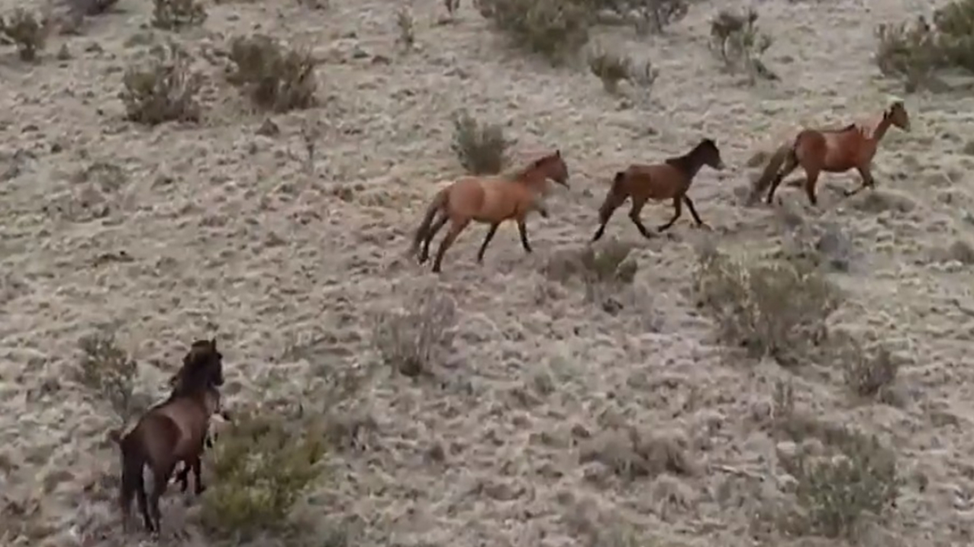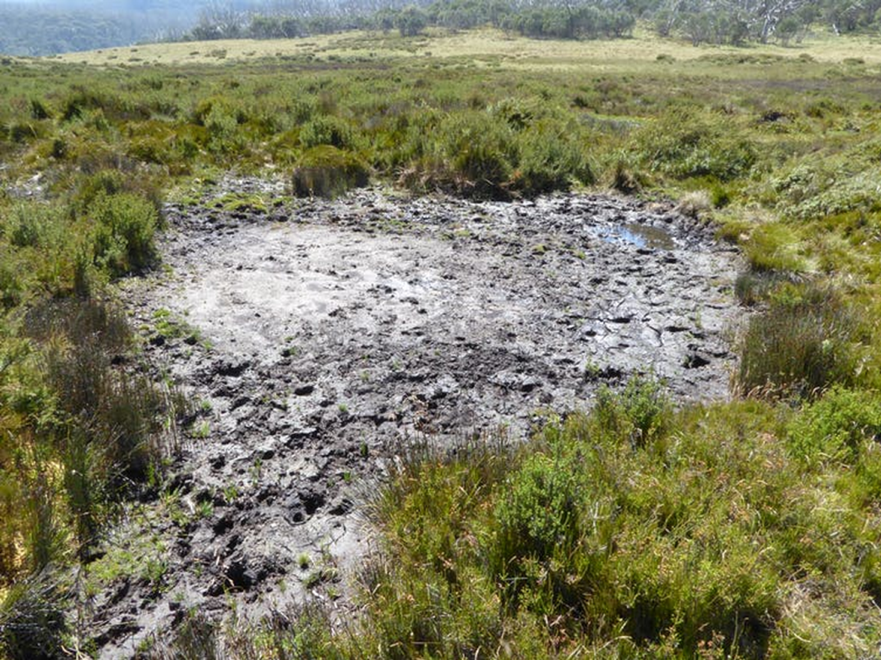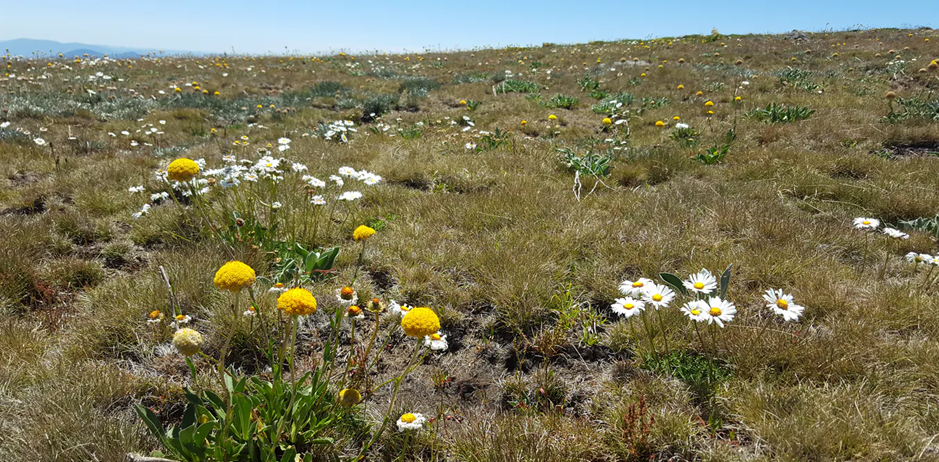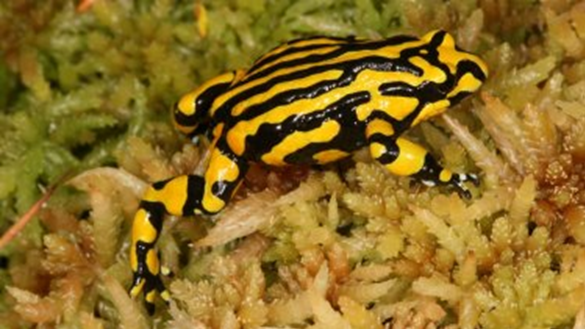
The USA and Australia share a problem with wild horses causing environmental damage to conservation areas in large landscapes -both public lands reserved as national parks and rangelands.
Mustangs symbolise the American West but an explosion in the wild horse population is threatening to overwhelm public lands. Every year helicopters lead mass roundups of mustangs and burros but the fight is being lost. The Bureau of Land Management caught 7300 mustangs in 2019 but estimate that 17,000 foals were born adding to 100,000 already on public land. More than 49,000 animals are in the care of BLM and absorb two-thirds of its wild horse program budget.
BLM believes that its lands can only sustain about 27,000 but Congress has historically refused to approve a cull. In 1971, the Wild Free-Roaming Wild Horses and Burros Act designated them ‘living symbols of the historic and pioneer spirit of the West’ and protects them on BLM and Forest Service land in 10 western states. [Ben Hoyle, ‘Running wild,’ The Weekend Australian Magazine, 2020-04-04:26].

Photo courtesy of Victoria National Parks
Brumbies in Australia occupy a similar niche. In the Northern Territory and Western Australia, where the majority of the estimated 300,000 feral horses in Australia can be found, they are routinely shot from helicopters as part of aerial culling that also targets other introduced species such as pigs, buffalo and donkeys.
But in the high country straddling the border between New South Wales and Victoria, including the alpine national parks, wild horses are revered, embedded in folklore and Australian literary history, from Banjo Paterson’s poem The Man From Snowy River to Elyne Mitchell’s Silver Brumby children’s books. The associate cultural value of this folklore is listed as part of Australia’s national heritage for the alpine national parks.
In 2018 the NSW government scrapped a recommendation from its own environment department to cull brumby numbers estimated at 6000 in Kosciusko National Park by up to 90% and instead introduced legislation to formally recognise their cultural and heritage significance and ensure they are protected as an ongoing part of the park’s landscape. The deputy premier, John Barilaro, whose electorate of Monaro includes the national park, told Parliament: ‘If we accept that the brumby has a right to exist in the Snowy Mountains region – a right that this bill encapsulates – and we recognise the brumby’s unique place in Australian history, then we must find ways to preserve a sustainable population in a way that minimises harm to the environment.’
It is the first time a government has ever mandated the protection of an invasive species within a national park, and conservationists say it establishes a worrying precedent, compromise the environmental values of the park.
Kosciuszko National Park covers 6,900 square kilometres on the NSW side of the Australian alps and is contiguous with the Alpine National Park, on the Victorian side of the border. It was declared a UNESCO biosphere reserve in 1977 and is home to a significant number of threatened species. The NSW threatened species committee of scientists committee cited damage to streams and fragile sphagnum bogs caused by the horses’ hard hooves, the spread of weeds and an overall change to the density and diversity of the woodland structure caused by horses ring-barking trees or nipping off buds.

[photograph: Meg McKone]
However, over summer this year large areas of the alpine parks were burnt severely in the wild bushfires. NSW Minister for Environment announced that brumby numbers in Kosciusko National Park will be reduced substantially, with as many as 4,000 out of an estimated total of 20,000 horses due to be rehomed or culled, to control horses in the sensitive areas, which is necessary to protect the environment as it recovers from the fire. The number of brumbies killed in the fires is not known but the fires that burnt 35 per cent of the park appear to have pushed the horses into a more concentrated area, increasing the trampling of wetlands, habitat of critically endangered species like the northern corroboree frog and the stocky galaxias fish. Approximately 57,000 ha have been prioritised for control in three northern parts of the park which were severely impacted, including Nungar Plain, Cooleman Plain, and parts of Boggy and Kiandra Plains. Horses are also returning to burnt areas following the recent rains. This will cause irreparable damage to burnt peat bogs and recovering alpine and sub-alpine vegetation.
Meanwhile on the Victorian side of the State border in the Alpine National Park, there is change. The Federal Court has given Victoria approval to trap and cull brumbies in the high country. The landmark ruling has implications for both Victoria and NSW, where the effect of the catastrophic bushfires on unique alpine ecosystems has placed pressure on state governments to tackle the soaring numbers of feral horses. The Australian Brumby Alliance took Parks Victoria to court last year to prevent it trapping, removing or ‘otherwise interfering’ with brumbies from the Bogong High Plains and Alpine National Park, arguing feral horses were part of the cultural heritage of the Australian alps, and their removal should be referred to the federal Environment Minister.

[photograph: Don Driscoll]
But the judgment delivered on 8 May, ruled that prohibiting the removal of brumbies was appropriate, and their removal would not have a significant impact on the national heritage values of the Australian alps. This decision clears the way for Parks Victoria to begin a contentious new culling program deploying small teams of professional shooters, overseen by veterinarians, to cull horses in remote areas at night using thermal imaging and silenced guns.
Parks Victoria says there is a pressing need for feral animal control following the bushfires, with many parts of the alpine region heavily burnt and only tiny areas of green fringing waterways. Injured or sick horses have previously been euthanised but this is the first time free-ranging horses will be culled. Even the location of the culls will remain secret to prevent confrontation with brumby lovers, who say the feral horses are an integral part of alpine cultural heritage.
Dr Mark Norman, chief conservation scientist at Parks Victoria, says the native plants and wildlife in the alps — which represent just 0.3 per cent of Australia’s landmass — occur nowhere else on Earth. In addition to rare plants and herbs, the mountain plains are home to unique and endangered Australian animals such as alpine frogs, skinks and spiny crayfish. This fauna has taken millions of years to evolve and in the last couple of hundred years, introduced horses and deer are trashing the ecosystem.

When the Australian Alps were added to the National Heritage List in 2008, the listing noted the stories, legends and myths of the mountains are part of Australia’s national identity. But Dr Norman says the reality is that native species are in a dire predicament in the wake of the fires. ‘Climate change is making it harder for endangered animals – you’re getting pushed off the top of mountains [by the warming climate] and getting stomped on by invasive animals.’ (Mimi Perkins, Court decision clears way for brumby culls, The Age, Melbourne, 8 May 2020).

[photograph: Michael McFadden]
While any killing of animals is difficult, in this case it is to protect many vulnerable species of flora and fauna. The fragile landscape must be conserved along with evidence of its Aboriginal occupation for 25,000 years. The more recent European cultural values can be celebrated by other means such as festivals, literary events and an annual recreation of cattle droving by horses along travelling stock routes which connect the historic homesteads in the alpine parks. Brumbies rehomed to private farmlands can ‘run free’ but many graziers see them competing for their grass and prefer them in national parks and public lands.
The federal court ruling upholds the obligations on Australian governments to conserve native species and ecosystems in protected areas, and have helped restore sensible park management. The Australian public expects national parks exist to conserve native Australian ecosystems and species, particularly as extinction rates in Australia continue at unprecedented rates.
Jane Lennon. 8 June 2020


